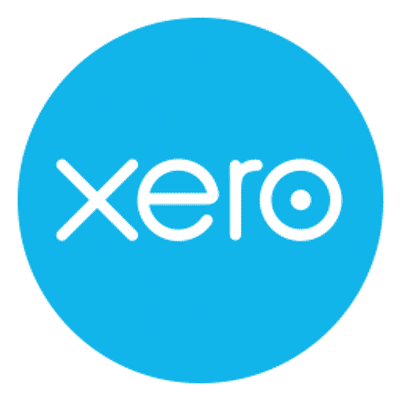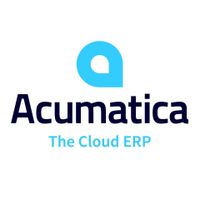Sage Intacct is a ERP Software. Sage Intacct offers Warehouse Management, Supply Chain Management, Sales, Stock Management, HR Management and many more functionalities.
Some top alternatives to Sage Intacct includes Quickbooks, Xero, Sage Accounting (Sage One), AccountingSuite and Sage 200cloud.
Yes, Sage Intacct provides API.
Yes, Sage Intacct provides a mobile app.
Sage Intacct is located in San Jose, CA
Sage Intacct offers Quotation Based pricing model
The starting price is not disclosed by Sage Intacct. You can visit Sage Intacct pricing page to get the latest pricing.




/logo_1622728934.296577.png)













